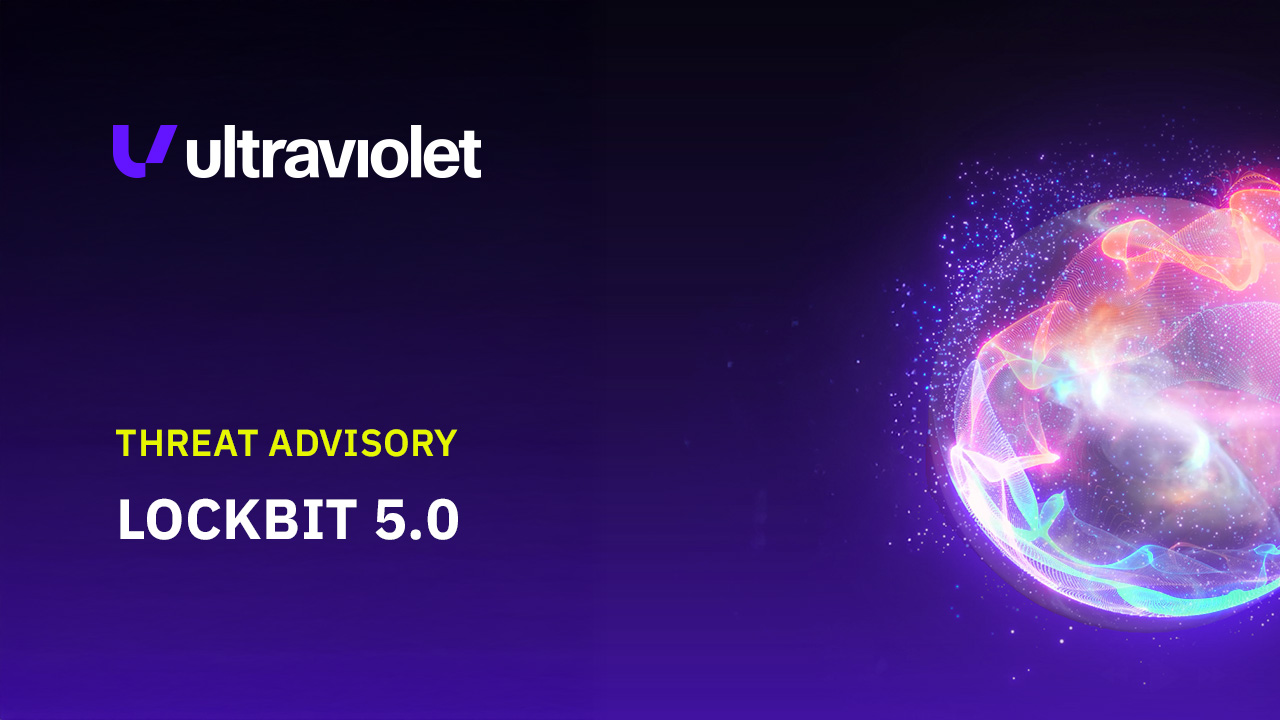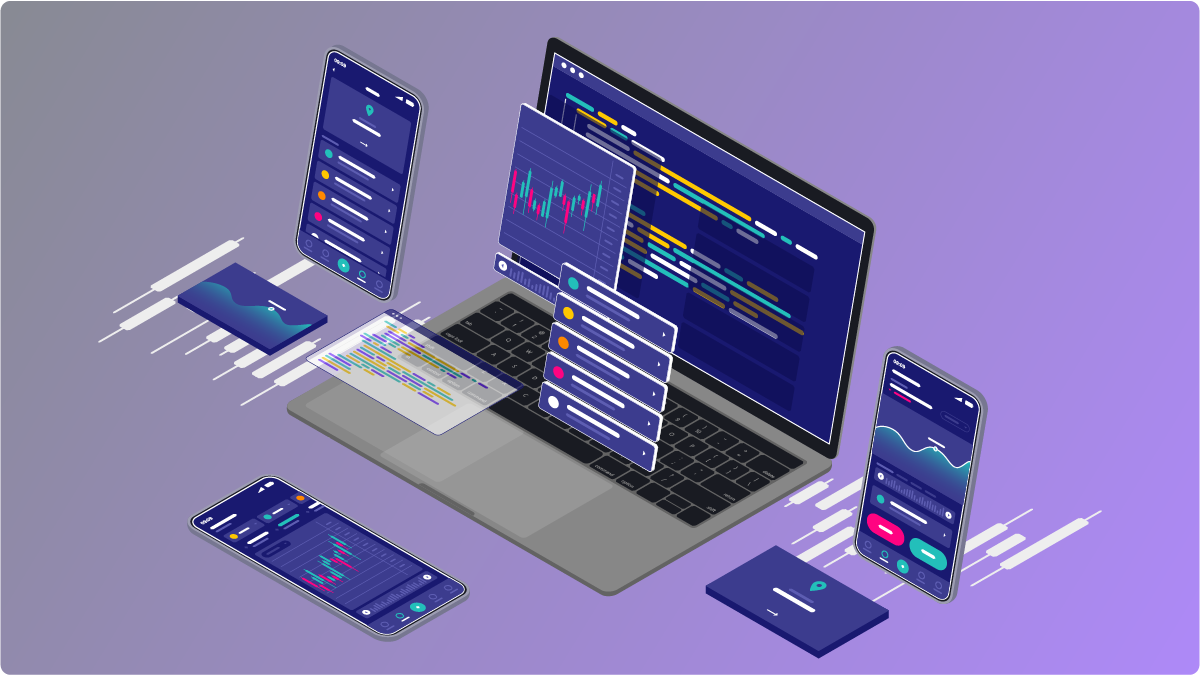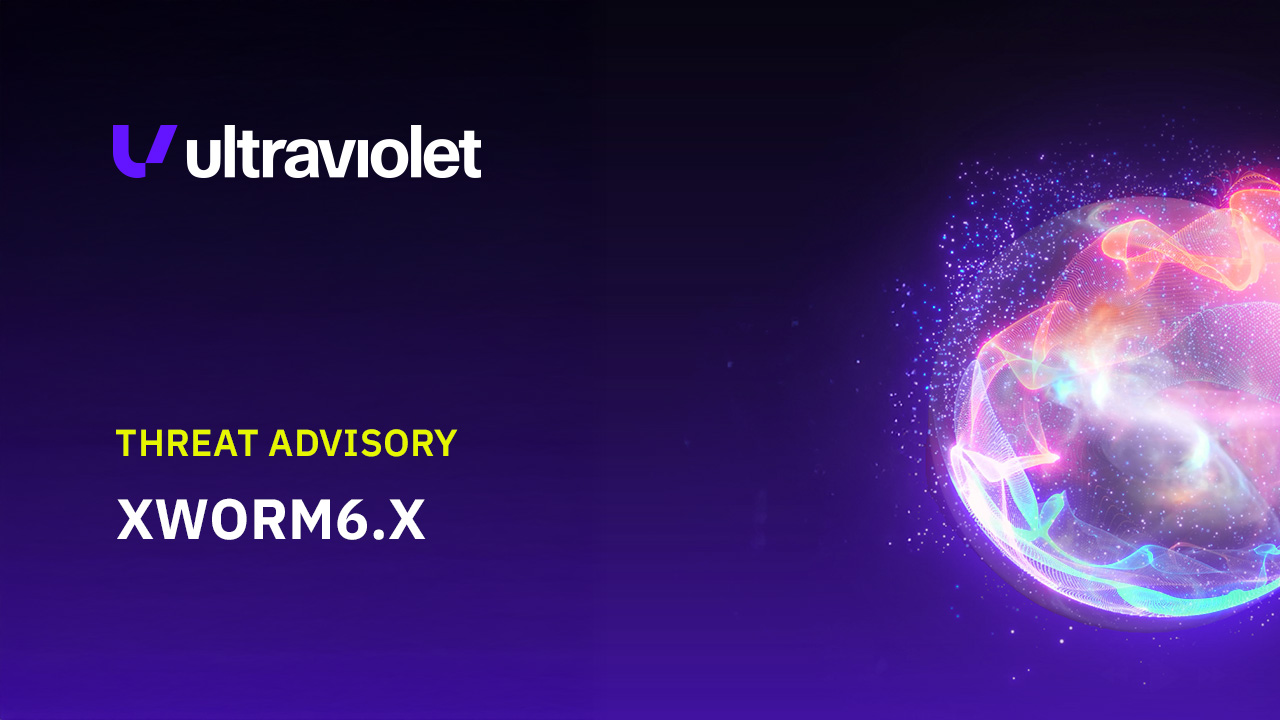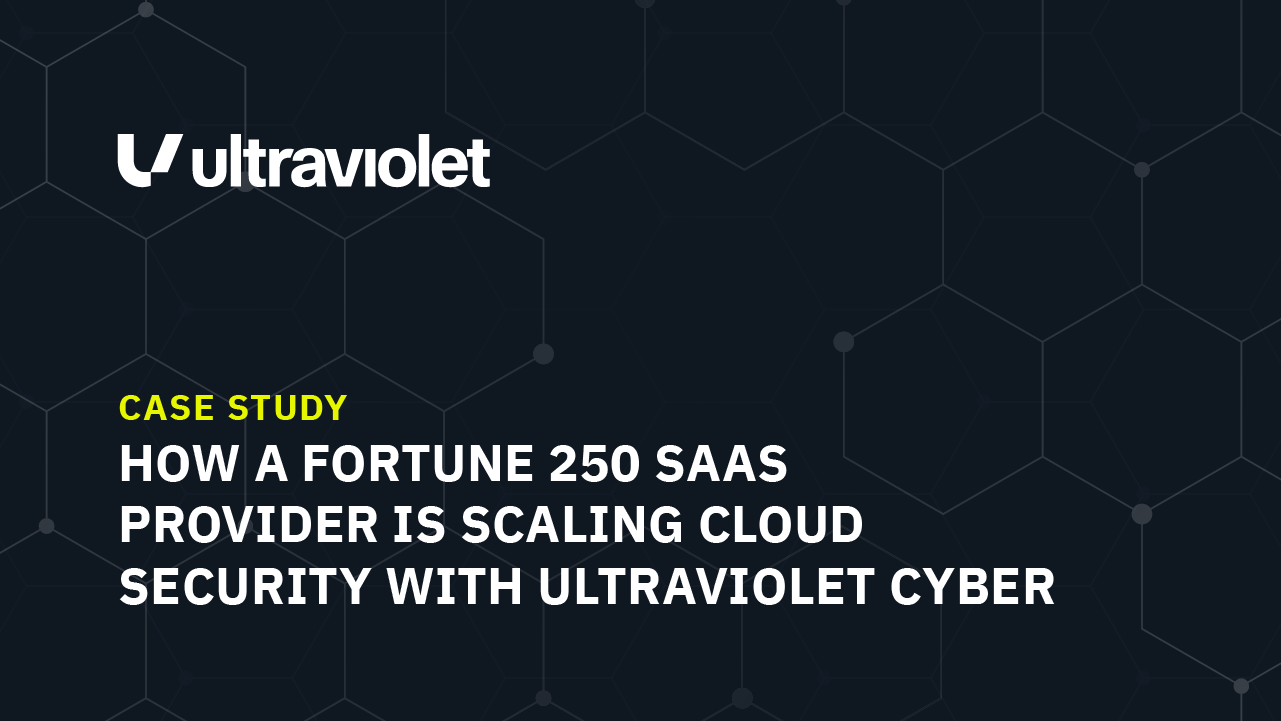
Threat Advisory: LockBit 5.0
LockBit 5.0 marks the return of one of the most prolific ransomware platforms, now targeting Windows, Linux, and VMware ESXi with advanced evasion techniques. Learn what UltraViolet Cyber’s TIDE team recommends to strengthen defenses.
 High-Scale SIEM Migration across 70TB/day and 4,000 detections
High-Scale SIEM Migration across 70TB/day and 4,000 detections

 UltraViolet Cyber Acquires Black Duck’s Application Security Testing Services Business
UltraViolet Cyber Acquires Black Duck’s Application Security Testing Services Business UltraViolet Cyber Named to Inc. 5000 List of America’s Fastest-Growing Private Companies in 2025
UltraViolet Cyber Named to Inc. 5000 List of America’s Fastest-Growing Private Companies in 2025
